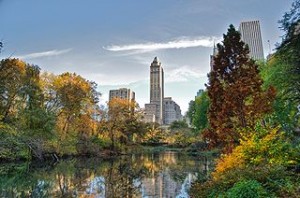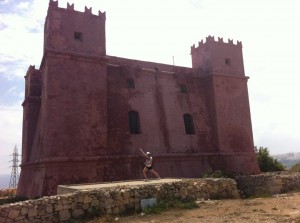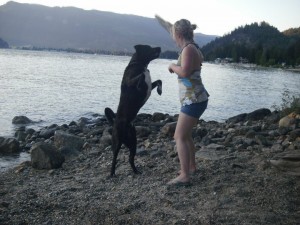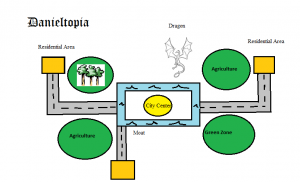For November 8th’s class we were allowed to choose out own groups and then were required to answer questions on different types of Urban Planning. The Question’s focused on Gaston Bardet’s French Urbanisime, Systems Planning, and Communicative Planning (both of which can be found in Ch. 10 of Cities of Tomorrow). I have provided a summary of the questions we answered in class but have also attached two questions that were unanswerable in class. These two questions are necessary to our last summation so if anyone has an answer please leave a comment!
Did designers of the Athens Charter-style developments think about the importance of the street?
Were they able to effectively address the kinds of issues that Jacobs ben satisfied?
Gaston Bardet:
Objections to Athens Charter
– archaic and false simplicities
– don’t apply to the modern world – too idealistic
– social nature into question
– ignores existing societies
– infatuation with high rises – superior – not based on real evidence
– town activities not taken into consideration
– society should not adapt to machine – they dictate life
Influences
– focus Marseille Poette – father of French Ubranisime steeped in history – influenced by the past
– plan through deep understanding of city and how it evolved
- do not tear it down and rebuild
– social science should be applied to the city – different than earlier social scientists – not decadent or a problem, he appreciates it, complex organism that has evolved – not just buildings and social problems, defined by collective identity = CULTURAL DIMENSION
Nouvel
– Based on functionality with a shift towards the human component
– Based on regional understanding of planning – school of regional planning that develops {Patrick Gettes and Louis Munford}
– Can’t plan individual settlements
– Planner should be a facilitator – not as much of a designer
- Create open ended plan – take in different opinions and then revise them
Departure from Athens Charter
– didn’t take in modernist ideals – high rises, everything else archaic
– different scales of community – taken into consideration
– functionalism bypassed spirituality
– regionalism – self-contained
Systems Planning
What was it?
– using direct evidence to plan a city
– seeking for a scientific/imperial method for planning a city
– Engineering based – studies traffic, locational patterns of activity taken into consideration
– Identifying systems in the city: traffic [where you locate things influence how they use roads and transportation method], land use, sewage, water filtration, public facilities, etc.
– All interconnected systems – change of one variable catalyst facilitates other systems
– Computing based
– Forecasting future methods
Where did it come from?
– comes from the Cold War – changing technology – aerospace and defense
– academia – fields researching (geography, social sciences = conversions in data)
– locational theory – amalgamation of disciplines
Strength
– based on science
– viewed as mechanical – broken down city – maximize resources
Weakness
– didn’t work with organic nature of planning – supposed to maximize, but only works – has to work, if one part doesn’t work it all fails
– people matter – less predictable
– didn’t take social dimension and individuality into consideration
– have to delegate with multiple persons – collect massive amount of data and implement it with help from bureaucracy
– contradictory goals
Communicative Planning
What was its approach?
– planning is politics – who gets what they wants, who has power and can dictate the city
– try to empower people who were disempowered (lower classes, those ignored)
– leftist turn towards people power
Short comings
– Top-down planning
– Increasing paranoia of systems approach – everyone’s a skeptic (towards the systems approach and government influence)
– Previous – physical content – destroying existing communities
- Collective good made more important
Impact on planning profession
– changes from design and system to the actual residents, bottom up approach – advocate planners
– planer lost amount of power – gives suggestions and knowledge’s, offer mediation
– have nothing left to do – no more expertise or authoritarian control
– become educators – group think
What was the Marxist critique of planning?
– complete questioning of planning
– a questions of Marxists looking into society as it was
- not what planners were
- historical stage that is capitalism and how planners fulfill it










